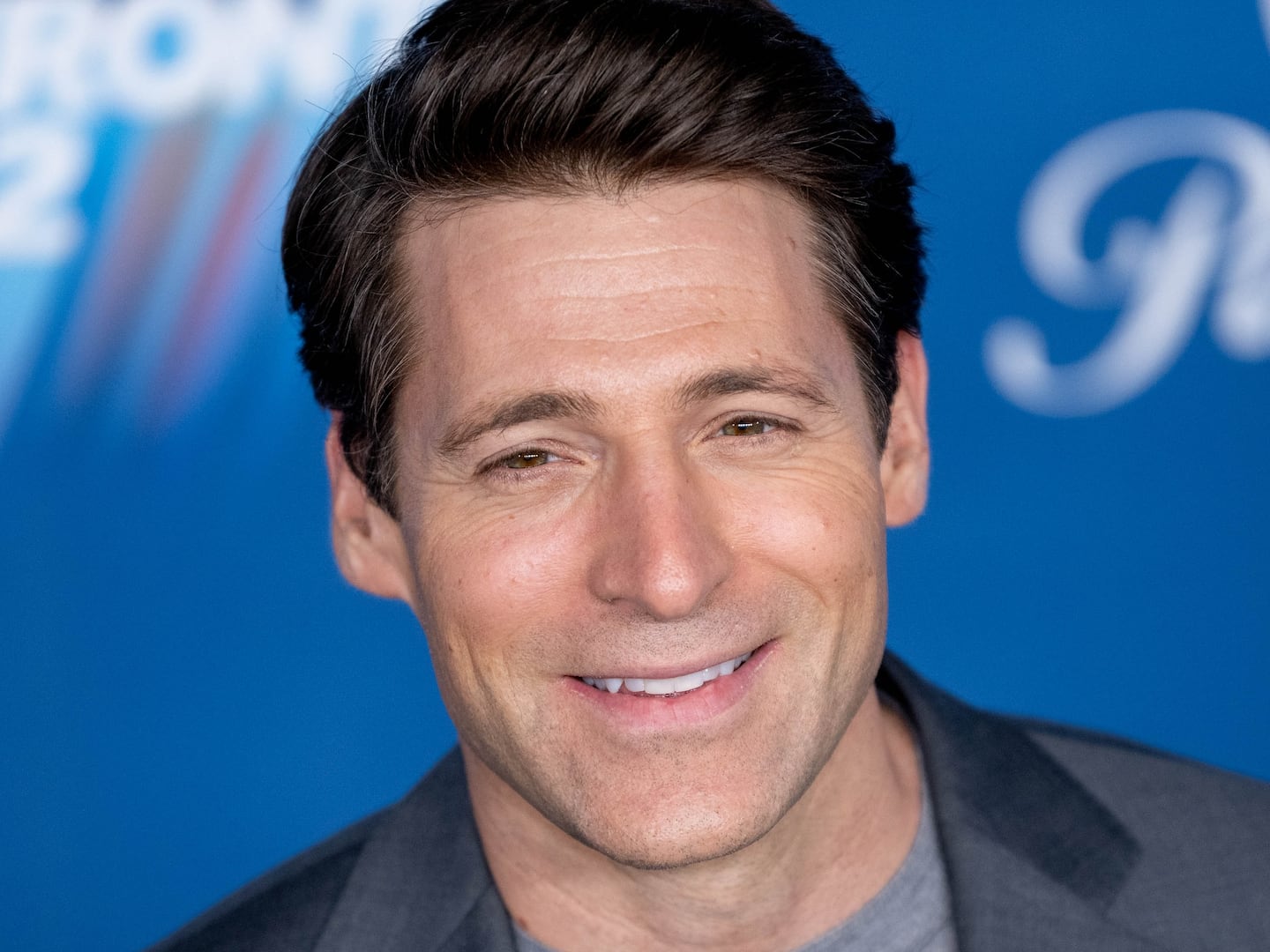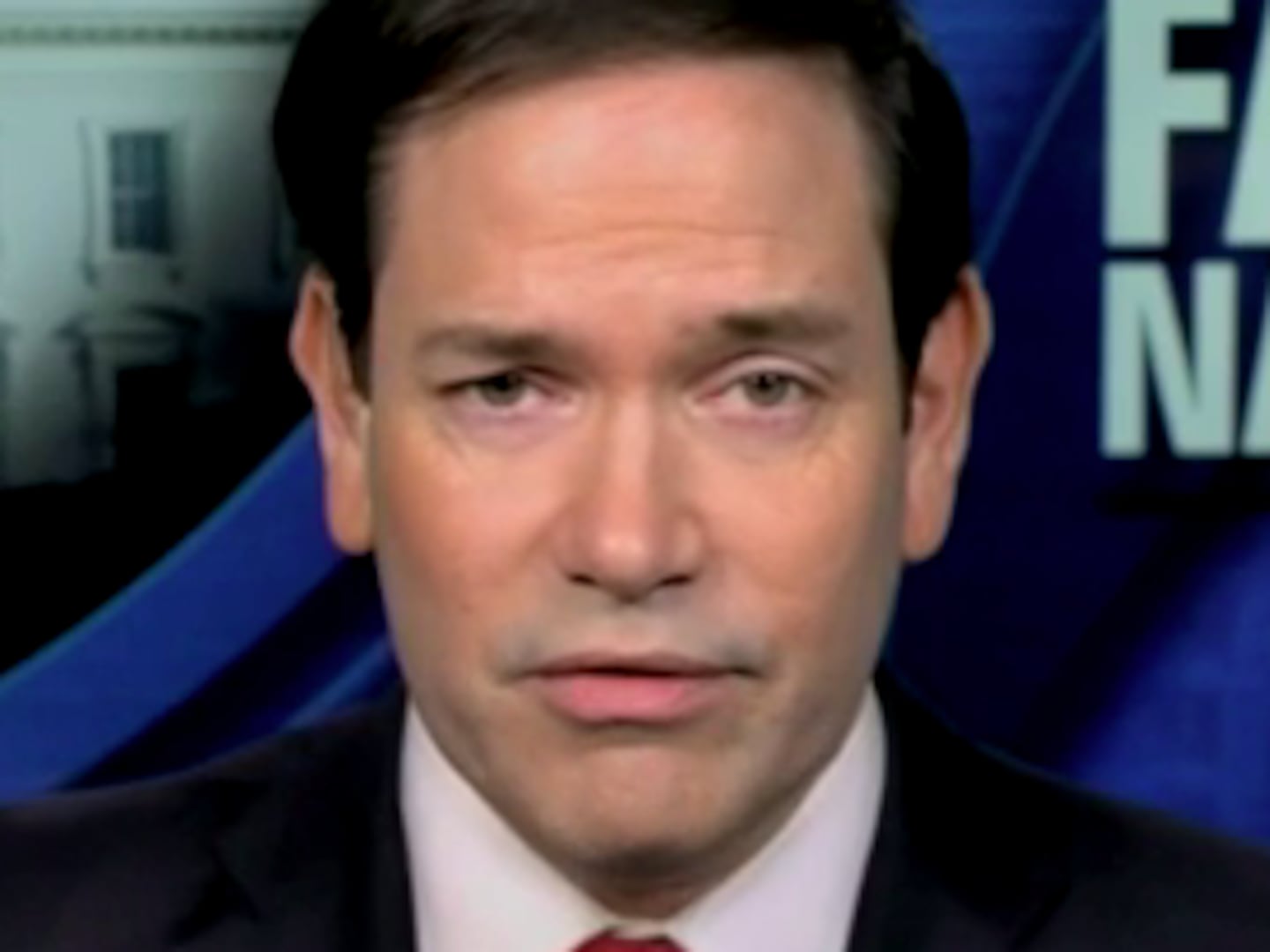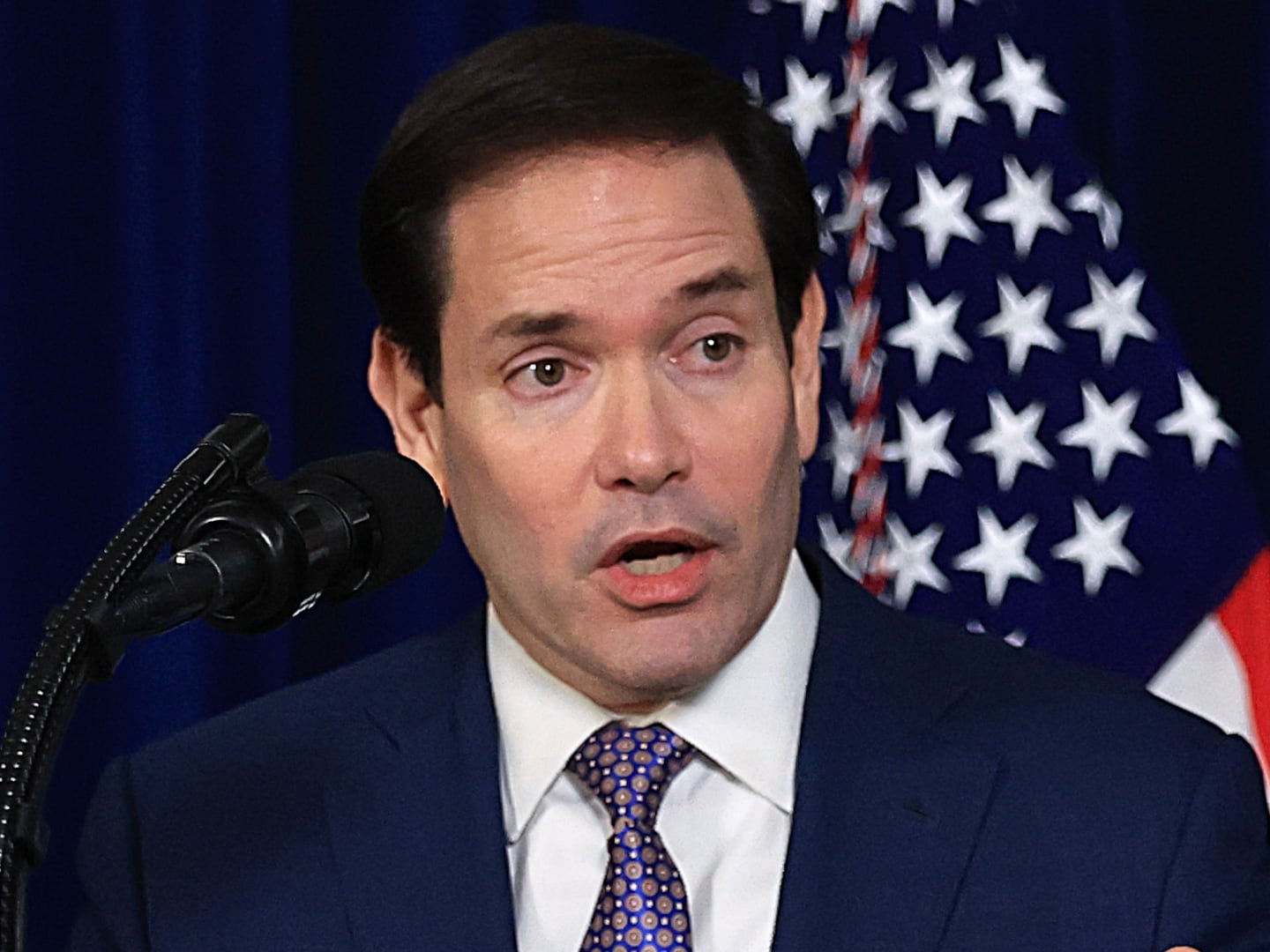College girls with pillowy lips and goose-pimpled nipples peeking through white tanks. Shirtless bros with pillowy lips and cargo pants pulled down to expose tufts of pubic hair.
These were the pinups of Abercrombie & Fitch in its late ‘90s heyday, when fashion photographer Bruce Weber helped establish the preppy clothing brand’s sexed-up Ivy League aesthetic. The tamer images of fresh-faced models in rugby shirts were plastered on billboards and catalogue covers, while the racier stuff—orgiastic photo spreads of nude and nearly nude models—was marketed as an aspirational lifestyle to teens in A&F Quarterly, a subscription-based magazine that also sold in stores.
The Quarterly launched in 1997 under the direction of the company’s notorious grown-up adolescent, CEO Mike Jeffries, who stepped down on Tuesday after 24 years with the company.
With celebrity interviews and Spring Break cocktail recipes interspersed among naked, nubile young things cuddling Labrador retrievers, the magazine became a popular brand icon and accompanied a period of tremendous financial growth for the company.
Six years later, both the Quarterly and the company went tits up.
By the time the Quarterly ceased publication in December 2003, the multibillion-dollar retail giant’s clothing sales had been nose-diving for months. The decline in sales was the nail in the coffin for the magazine, which had withstood years of protest from feminist and religious groups, and the beginning of the end for the brand.
Now, the departure of 70-year-old Jeffries seems 10 years too late. His long-awaited retiring marks the death of a brand that has been stagnant since the early aughts, refusing to adapt to a changing economy and consumer trends.
Indeed, long after logo fetishization went out of style, Abercrombie continued to emblazon its tee shirts with A&F block letters. (It wasn’t until this past August that the company stopped plastering logos on most of its apparel). Other brands began catering to fashion’s emerging obsession with personal style, but Abercrombie persisted unsuccessfully with its collegiate, vintage-preppy aesthetic.
“Fashion today is all about the consumer’s identity, whether that consumer is mixing patterns or designers to fit that identity,” says retail strategist Candace Corlett. “They want their name on the clothes, not the store’s name.”
And while other retailers lowered prices during the recession, Abercrombie didn’t budge. “They essentially said, ‘You will still come to us because you want what we sell,’ and while I think they wanted to maintain their brand’s exclusivity, that just seemed so out of touch,” Corlett says.
So Abercrombie’s clientele became smarter shoppers, filling their closets with affordable, trendy clothes from H&M and Forever21. But as consumers grew up, Abercrombie—much like its Botox-addicted CEO—refused to age with them.
We’ll see if the brand can be resuscitated under new leadership, but Abercrombie’s glory days of selling sex have long since passed. And, thankfully, so too have its less glorious days of selling sex to teenagers who had already declared the brand uncool.






